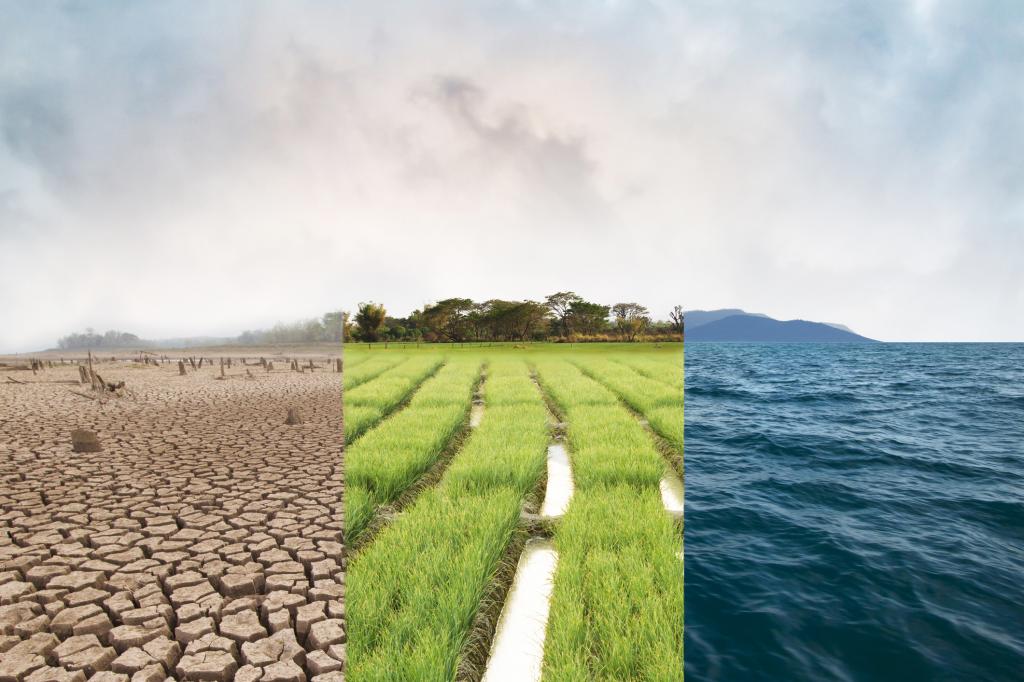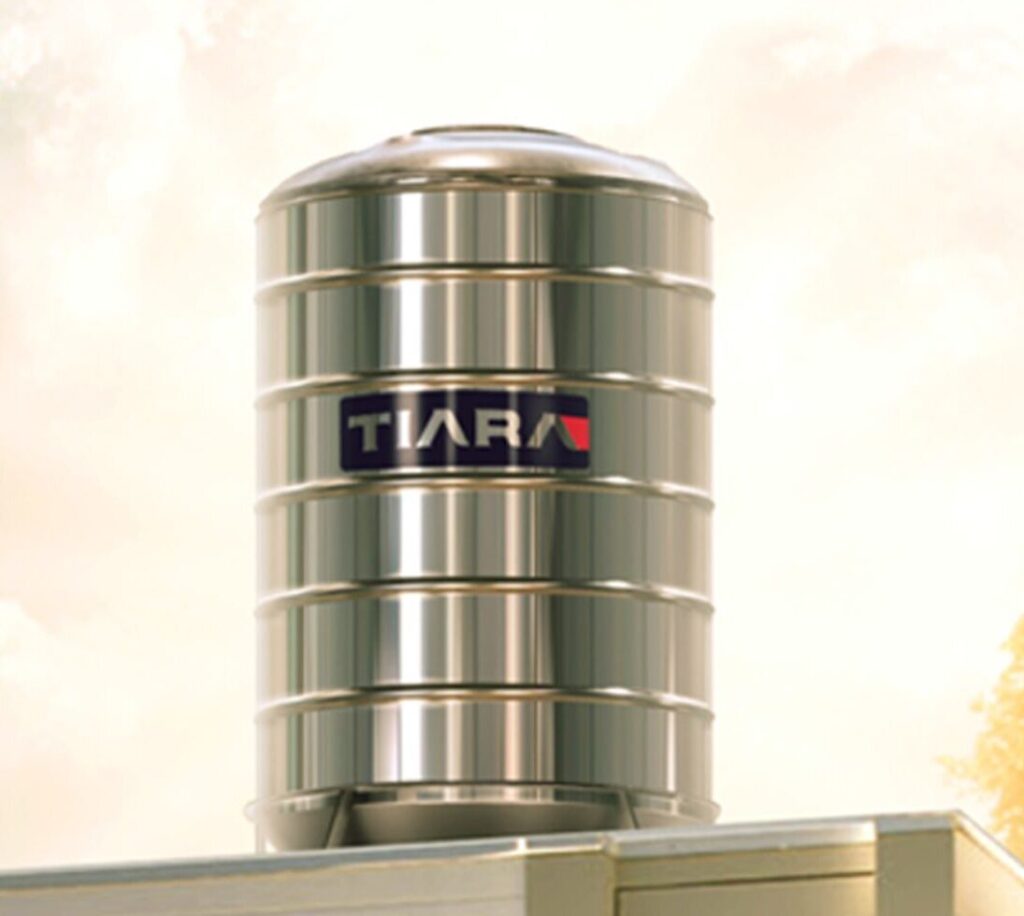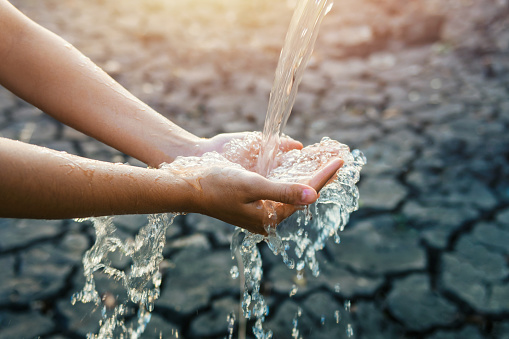
As a vast and geographically diverse country, India experiences a wide range of climatic conditions, from the arid deserts of Rajasthan to the tropical rainforests of the Andaman Islands. When it comes to selecting the right water tank for your needs, understanding the unique characteristics of your local climate is of paramount importance. In this comprehensive guide, we will delve into the key factors to consider when choosing a water storage solution that can withstand the demands of India’s diverse environments. Selecting the ideal water tank is crucial for ensuring water quality and durability, particularly in India’s diverse climatic conditions. From hot and arid regions to humid coastal areas, here’s a comprehensive guide to help you make an informed decision.
Consider the Climate:
India experiences diverse climates, ranging from hot and dry conditions in regions like Rajasthan and Gujarat, to humid weather in coastal areas such as Kerala and Odisha, and moderate climates in states like Maharashtra and Karnataka. The choice of water tank should take into account the specific environmental challenges posed by each region.
Materials Matter:
Hot and Arid Regions:
- Material Preference: Opt for materials that can endure high temperatures and UV radiation without deterioration, such as polyethylene (plastic) or polypropylene tanks. These materials are lightweight, resistant to corrosion, and offer good thermal insulation.
- Colour Consideration: Choose tanks in lighter colors such as white or beige to reflect sunlight and minimize heat absorption, thereby preserving water temperature and quality.
Humid and Coastal Areas:
- Material Preference: Select tanks made from materials resistant to corrosion caused by saltwater or high humidity, such as stainless steel or fiberglass-reinforced plastic (FRP). These materials provide durability against moisture and saline conditions.
- Coating Options: Consider tanks with protective coatings or liners to prevent corrosion and algae growth, ensuring clean and safe water for consumption

Capacity and Design:
Storage Capacity:
Determine the appropriate tank size based on water demand, rainfall frequency, and availability of water sources. Larger capacities are often favored in areas with irregular rainfall patterns or limited access to water supply.
Design Features:
Look for tanks equipped with features like mosquito-proof screens, secure lids, and strategically positioned outlets for easy access and maintenance. These elements are crucial for preventing contamination and ensuring efficient water collection and distribution.
Maintenance and Longevity:
Ease of Maintenance:
Choose tanks that are easy to clean and maintain. Smooth inner surfaces and accessible cleaning points facilitate regular maintenance, preventing sediment build up and microbial growth.
Durability:
Prioritize tanks with warranties and proven durability against environmental factors. Consider factors such as impact resistance, frost resistance (where applicable), and resistance to cracking or deformation over time.
Environmental Impact:
Sustainability:
Explore eco-friendly options such as tanks made from recycled materials or those with minimal environmental impact in their production process. Seek certifications that indicate adherence to environmental standards.
Cost Considerations:
Initial Investment vs. Long-term Benefits:
While initial costs may vary based on material and capacity, evaluate the long-term benefits of durability, maintenance savings, and water quality preservation when making your decision.

Conclusion:
Selecting the best water tank for different climates in India involves understanding regional weather conditions, choosing suitable materials, and considering factors like capacity, design features, maintenance needs, and environmental impact. By making a well-informed choice, you can ensure reliable water storage that meets your requirements and withstands the challenges posed by India’s diverse climate zones.


